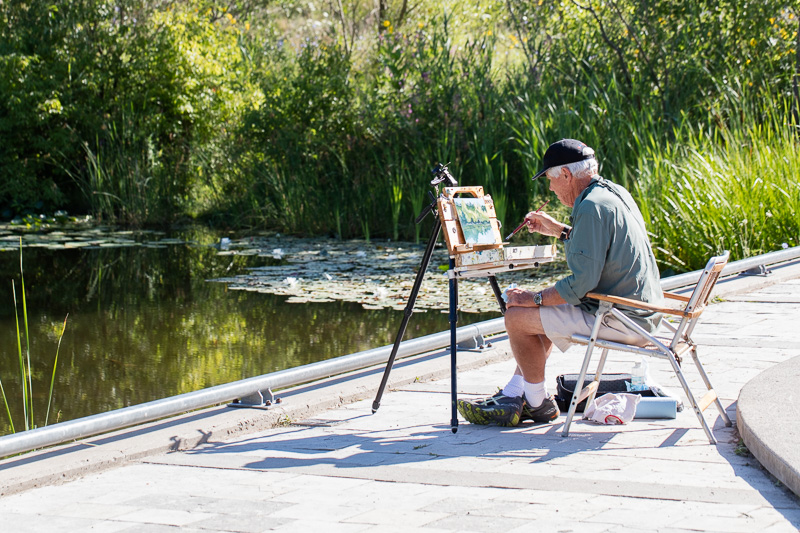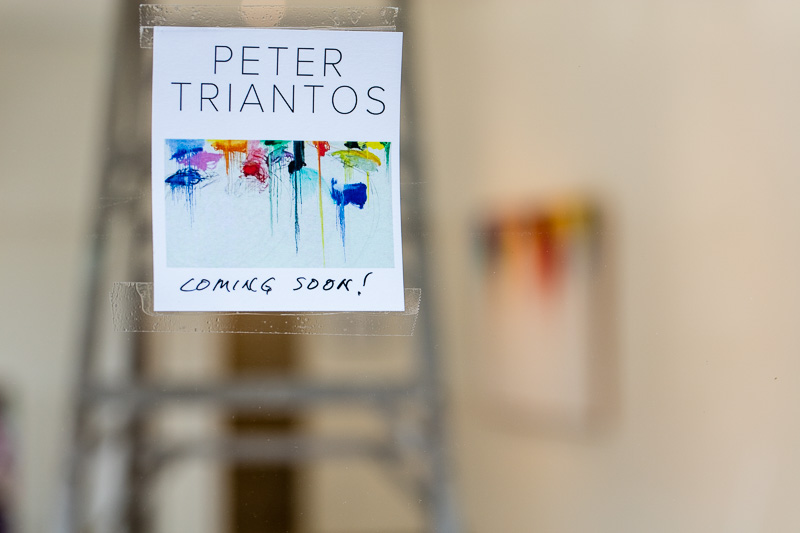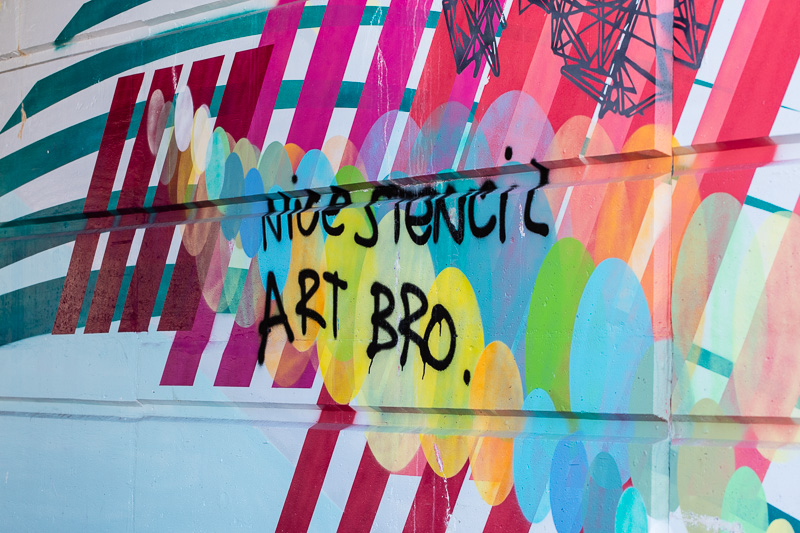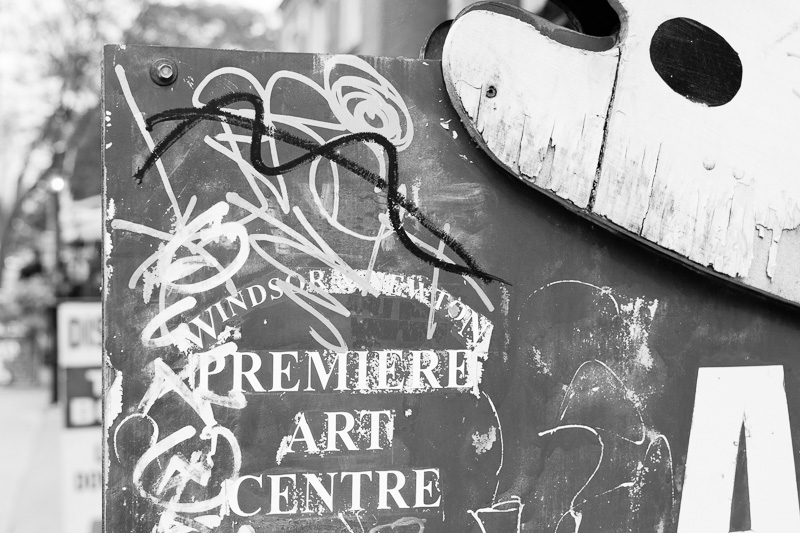I think it’s natural for photographers to have a fascination with artists who work in other media. It’s like bumping into a long lost cousin: “You look like me, but there are things about you that are unquestionably different.” Some people might chalk it up to envy. After all, aren’t photographers merely failed sketch artists and painters? I’m prepared to admit some envy, but not for the usual reasons. I don’t want to fall down the rabbit hole of the “photography isn’t real art” debate. But I am willing to grant that other visual arts have one up on photography in at least one respect. Other visual arts more readily carve out space for the artist to be present in their work. Apart from a handful of artists dedicated to producing hyper-realistic representations, most artists have no interest in strict mimesis. There always seems to be a contingent element, a weirdness or randomness that injects something extra into the representation.

Photography, on the other hand, starts with strict mimesis. Now, even an inexpensive camera is a technical marvel when it comes to producing hyper-realistic representations. As I view it, the challenge for photographers is to move beyond the technical brilliance of the machine to discover a space for the person to be present in the photographic practice. How do I introduce an element of subjectivity, or of whimsy, into what would otherwise be a “copy” of whatever presents itself to the eye? Since, most of the time, I fail to answer this question to my own satisfaction, I can’t help but look with envy at other visual artists.

My encounters with artists remind me that art is not a thing, but an act. It’s a way of engaging the world. In a sense, the outcome of an act of art (the framed painting, drawing, photograph) is the least part of the process. When I encounter an artist, I witness a person who, by his or her example, is making a subtle declaration of how to be in the world. The artist invites me to pause and look at the space I occupy. He calls me to respond to it. To feel something in relation to it. Gratitude. Love. Rage. Disappointment. Wonder.

There is a conversational dimension to acts of art. Above is a gallery in preparation for its opening. There is a sticker on the window announcing the imminent arrival of the Peter Triantos Gallery near Davenport and Avenue Road. Meanwhile, on one side of the building, taggers have decorated a door with art of their own. It’s tempting to dismiss the tags on the door, but I’m inclined to view them as part of a larger cultural conversation. I have no idea what it means, at least not in any way that is reducible to words in a blog post.

Similarly, what does it mean when someone sprays “NICE STENCIL ART BRO.” on a city-sponsored stencil? (And why did the spray painter feel compelled to punctuate the statement?) In this photo, where should the emphasis lie: on the stencil? on the spray painted words? on the way the photograph aligns the mortar lines of the bricks? Or do we throw all these concerns into conversation. The same kinds of questions hold for the photo below. As a mimetic product of a technical marvel called a DSLR camera, it’s a faithful representation of a sign for an art supply store on College Street. Taggers have decorated it according to the demands of their own aesthetic — or whatever. Then I’ve come along and carved off one corner, converted it to black and white, and have used a shallow depth of field to blur signs further down the street. All these efforts get thrown into conversation. What it means is anybody’s guess. We pause for a time, acknowledge one another, then move on.
